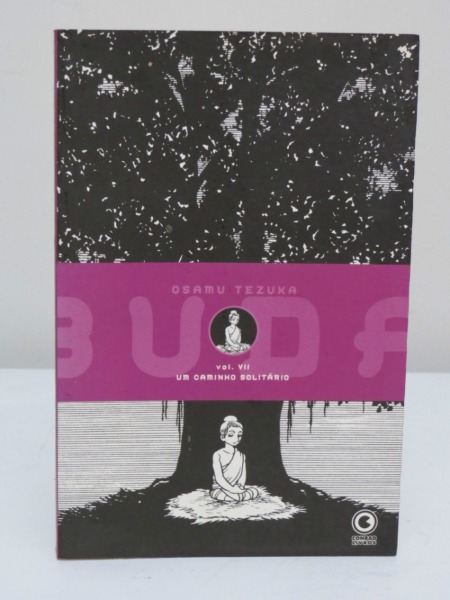Who’s meditating?
Many
who come to Buddhism see meditation as being its essence. However, as
many Buddhist scholars like to point out, in most Asian countries,
meditation is, and always has been, practised by an extremely small
percentage of Buddhists, like really, almost nobody. Buddhism for the
masses has long been primarily about worship, prayer, supplication and
rituals. Although some might say that there is inherent within such
practices meditative states, and though that may well be so for some,
explicit formal meditation practice has long been the domain of the
elite: either the aristocrats and spiritual specialists in countries
such as Tibet and Japan, or of the very few in South East Asian
countries who dedicated their lives to the renunciate way of life. In
the West then we are doing something quite different from the traditions
that have gone before. Western Buddhism is already very different at a
lay level to what it has ever been. We might even argue that modern
Western Buddhism as practised by westerners is already post-traditional.
That said my post-traditional is an attempt at self-description outside
of tradition, meaning free of attempts to transpose an exotic Eastern
Buddhist form into Western society with all the mimicry and the adoption
of a Buddhist identity that goes along with it. And in spite of my
fondness for much of Glenn Wallis’ work, I have to confess to being a
Buddhist.
Post-traditional and meditation
What
would post-traditional Buddhist meditation look like? What does it look
like to deeply practice a Buddhist meditation technique outside of a
tradition? Is there any value or worth in removing Buddhist meditation
techniques from the tradition in which they have been developed and
shared, and stood the test of time? In truth, each of these questions
has already been answered and they are continuing to be answered by the
many people that stumble along with varying degrees of success, finding
their own way through books, videos, podcasts, and different degrees of
experience had within established Buddhist groups. Meditation techniques
themselves were developed by people of course, many of whom were
stepping outside of tradition, or adapting and modernising existing
traditions. Every time we place ourselves in sincere relationship with a
meditation practice, we are adapting the technique through our personal
and individual process, bringing new material into relationship with
the practice, that is say, making the practice our own. Every time you
sit down to meditate, it is a new moment, a new act. This immediacy, if
conscious, is an antidote to complacency and a challenge to prescriptive
behavioural modification that many traditional forms and approaches to
meditation practice take or condone. How far an individual will go in
this process will determine how radically they change. After all, if
Buddhism has any worth, it is this, change.
My
relationship with Buddhism is one of fluctuation, shifting in and out
of a sort of intimate embrace, going deeply into shifting possibilities,
whilst stepping back and examining with Western eyes and hands: teasing
apart delicately and testing through personal experience the human
potential within Buddhism’s human articles. Arguing over the ideological
content and agenda inherent within politicised religious formations is
one approach to take in reviewing Buddhism as a whole, especially if
serious disillusionment has settled in and the rot has begun. Another is
to deny it its supernatural claims and see it as a rich and varied
history of human endeavour, and as such, open to a very human
interpretation and reformulation, and this is the approach I like to
take here. I feel I go further than the Secular Buddhists, but not as
far as Wallis, Steingass and Pepper.
A post-traditional approach, as the British sociologist Anthony Giddens
points out, is aware of choice and the constructed nature of tradition.
Post-traditional goes beyond prescription to self-determination. If I
am not a product of tradition, if I am not an autonym that acts in
accordance with a fixed past, then I must necessarily choose how to
engage and how to act in a (hopefully) conscious relationship with
tradition/s. Post-traditional implies a degree of freedom then and
awareness about that freedom. If deference to tradition sits opposite
modern self-reflection, then a question that emerges is why do people
grasp at the seeming solidity of tradition and not embrace a more
self-aware relationship with Buddhism as the construct that it is? Well,
in part, traditions, especially of the religious persuasion, have a
nasty habit of defending themselves from progress and change.
Impermanence has long been the enemy of stability and Buddhist
institutions are no strangers to this in spite of what they preach. The
old anti-modernity pursuit of a pure past, authentic tradition, the
guarantor of expertise and so forth are the weapons raised in defence
against the uncertainty and destabilising nature of change. Of course
this friction plays out constantly at all levels of society, but,
perhaps we, as in you and I, can embrace uncertainty and recognise
Darwin’s claim that it is not the strongest that survive, but those most
able to adapt to change.

No comments:
Post a Comment